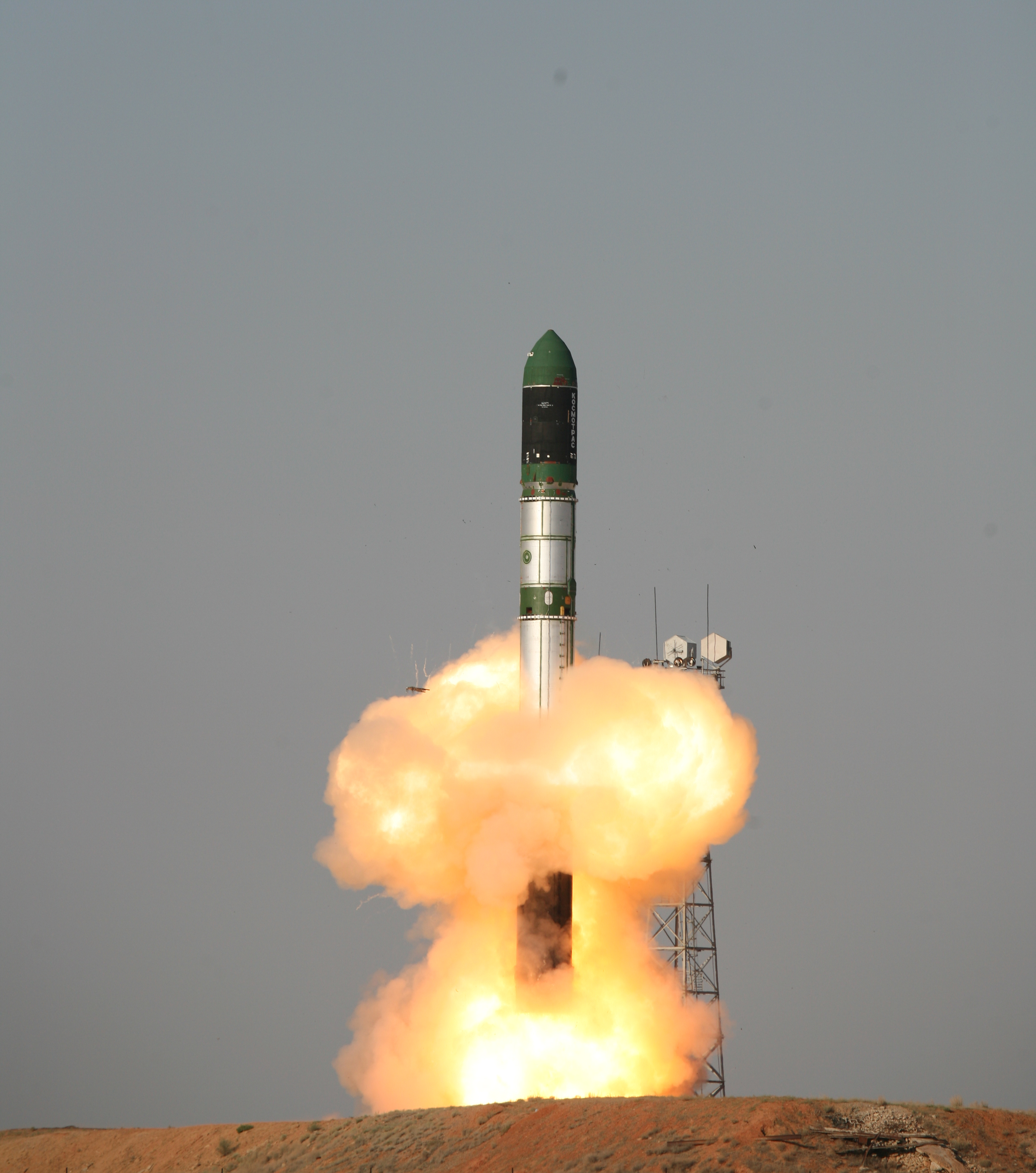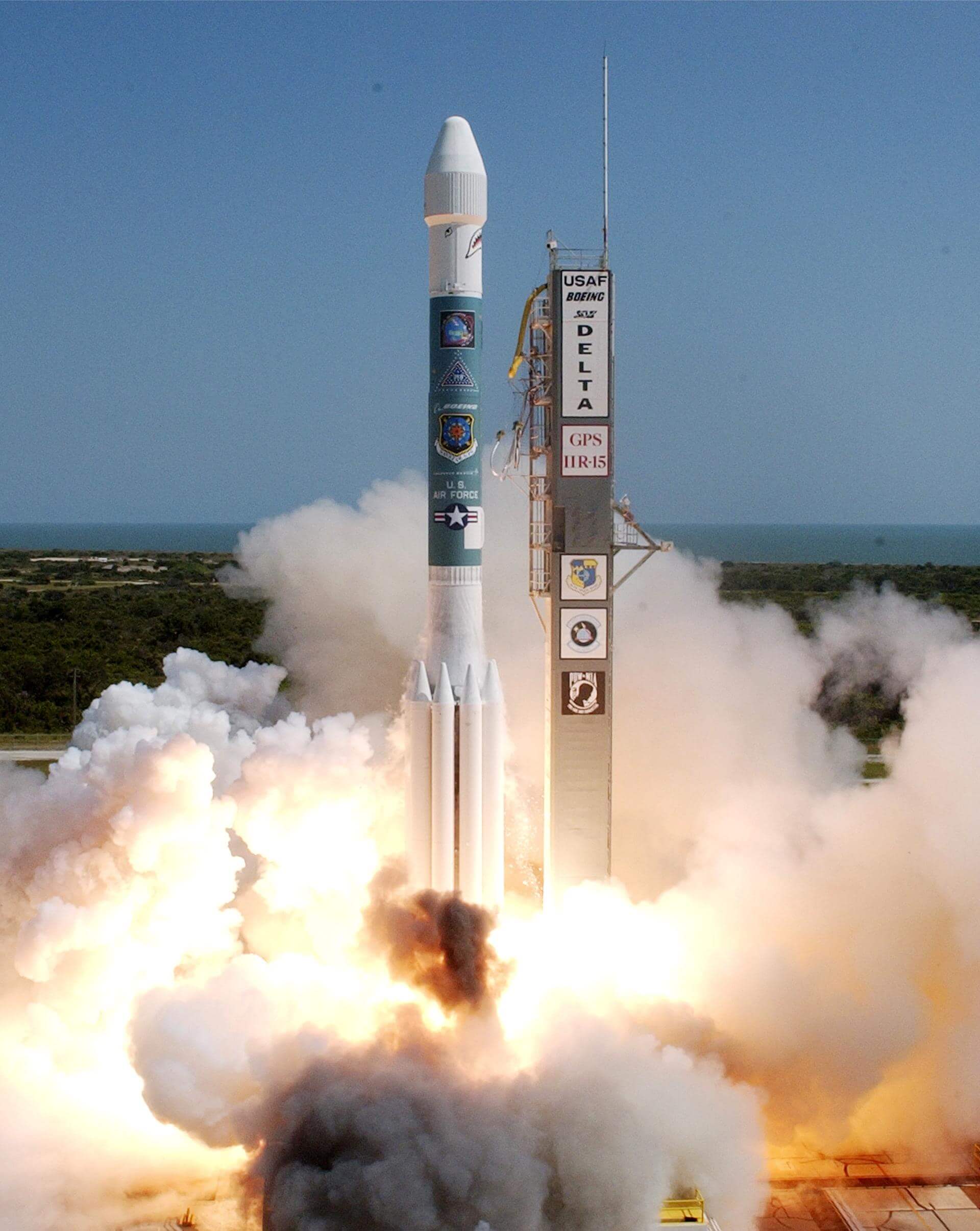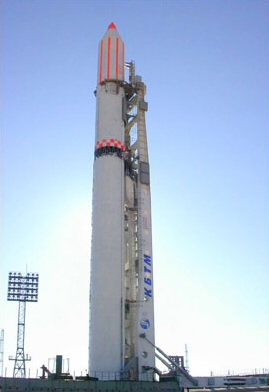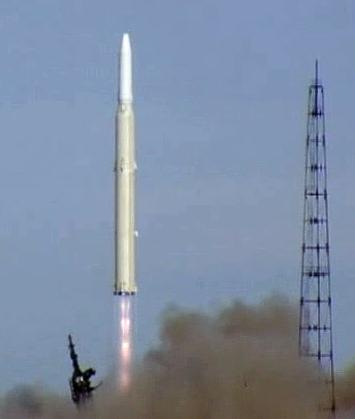Previous Spaceflight Launches
Filter by Agency, Locations or Vehicles
Show All LaunchesDnepr | Aprizesat-2
ISC Kosmotras | RussiaBaikonur Cosmodrome, Republic of Kazakhstan
June 29, 2004, 6:30 a.m.
Zenit | Telstar 18
Sea Launch | RussiaSea Launch
June 29, 2004, 3:58 a.m.
Status: Launch Successful
Mission:
Telstar 18, launched June 28, 2004 aboard a Sea Launch Zenit-3SL rocket, has successfully reached its in-orbit testing position at 142 degrees East longitude. During the satellite's launch, the Zenit rocket's upper stage shut down 54 seconds early and released the satellite into a low orbit. After the launch, engineers at Space Systems/Loral (SS/L) raised the spacecraft to its correct orbit using a series of carefully planned satellite maneuvers and thruster burns.
Geostationary OrbitDelta II | GPS IIR-12
United Launch Alliance | United States of AmericaCape Canaveral SFS, FL, USA
June 23, 2004, 10:54 p.m.
Proton-M Briz-M | INTELSAT 10-02
Khrunichev State Research and Production Space Center | RussiaBaikonur Cosmodrome, Republic of Kazakhstan
June 16, 2004, 10:27 p.m.
Zenit-2 | Tselina-2 22
Yuzhnoye Design Bureau | UkraineBaikonur Cosmodrome, Republic of Kazakhstan
June 10, 2004, 1:28 a.m.
Tsiklon-2 | US-PM 12
Yuzhnoye Design Bureau | UkraineBaikonur Cosmodrome, Republic of Kazakhstan
May 28, 2004, 6 a.m.
Soyuz U | Progress M-49
Russian Federal Space Agency (ROSCOSMOS) | RussiaBaikonur Cosmodrome, Republic of Kazakhstan
May 25, 2004, 12:34 p.m.
Taurus 3210 | Formosat-2
Orbital Sciences Corporation | United States of AmericaVandenberg SFB, CA, USA
May 20, 2004, 5:47 p.m.
Status: Launch Successful
Mission:
ROCSAT 2 (Republic of China Satellite 2) is the second high-resolution Earth observation satellite for the Taiwanese National Space Program Office (NSPO) whose mission is regional remote sensing – to collect data to be used for natural disaster evaluation, agricultural applications, urban planning strategy, environmental monitoring, and ocean surveillance. In addition, the satellite's payload will include an auroral observation instrument.
Medium Earth OrbitAtlas IIAS | AMC 11
Lockheed Martin | United States of AmericaCape Canaveral SFS, FL, USA
May 19, 2004, 10:22 p.m.
Zenit | DirecTV 7S
Sea Launch | RussiaSea Launch
May 4, 2004, 12:42 p.m.








